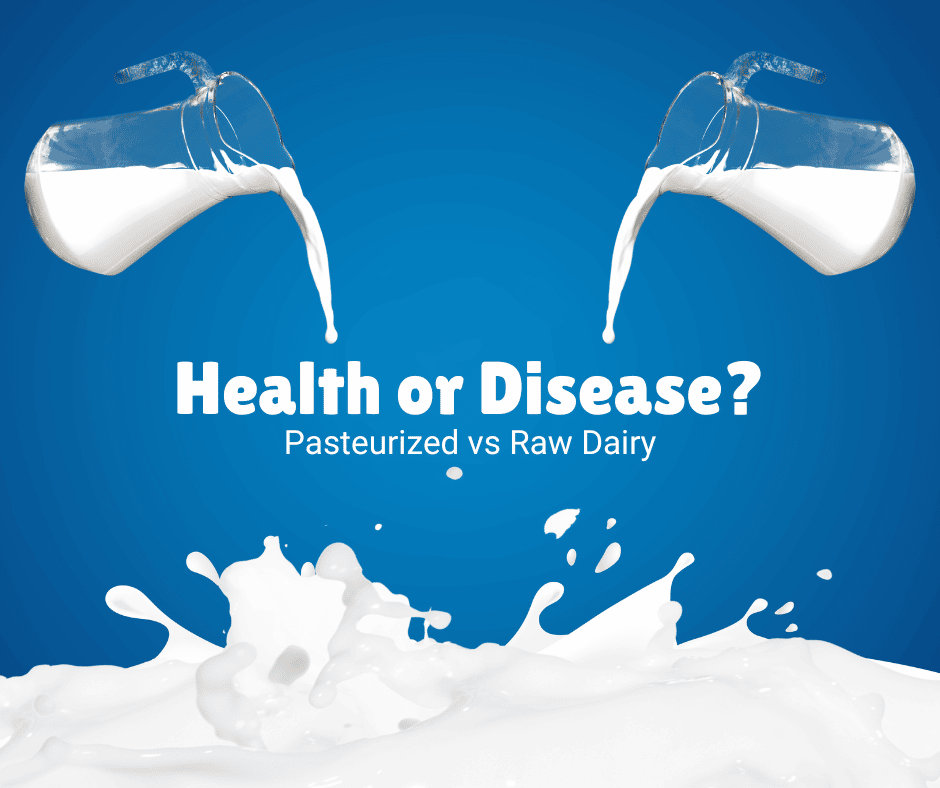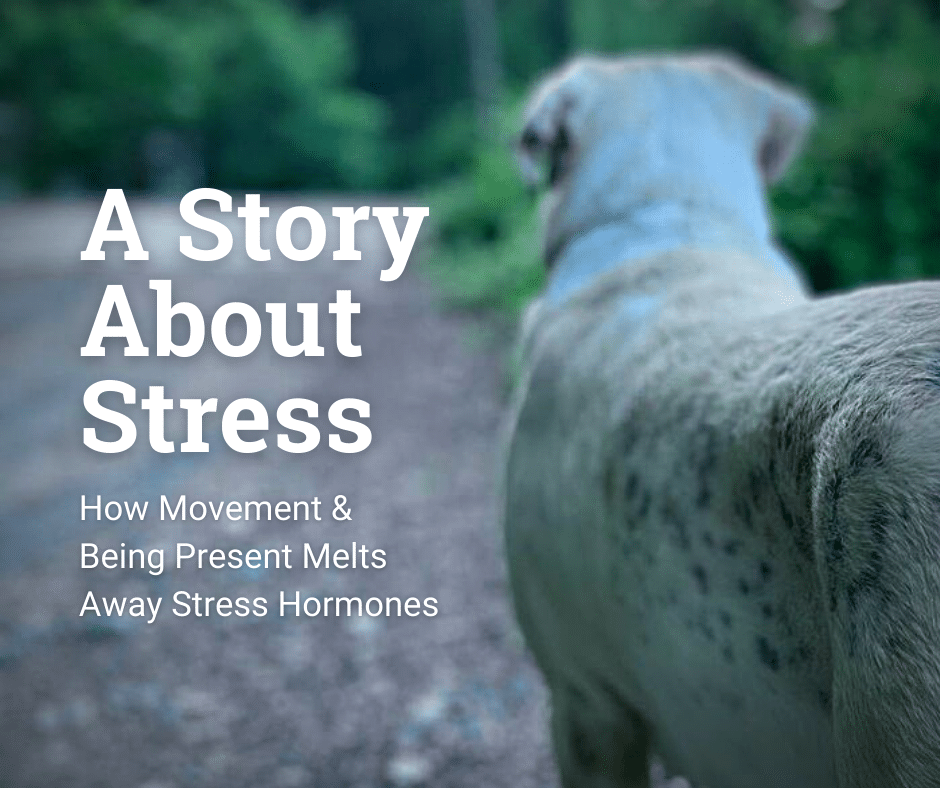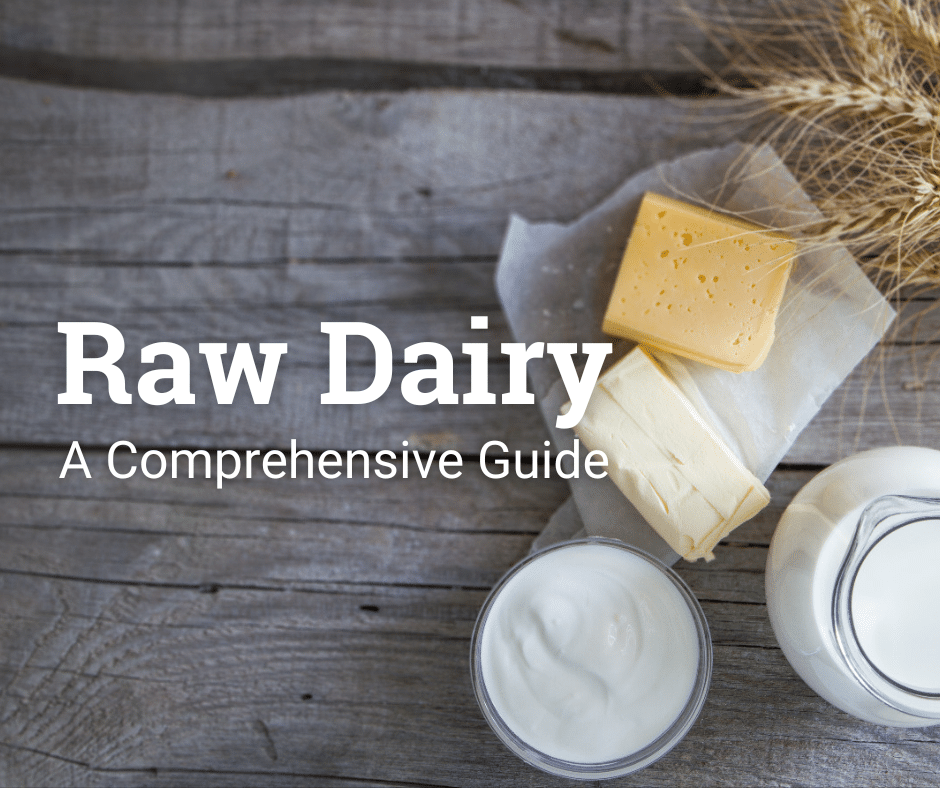In terms of nutrition, there is no substitute for clean, raw milk since science has yet to successfully provide the essential qualities of raw milk in pasteurized milk that are the foundation of a healthy child. There is no denying the benefits of killing harmful germs, but pasteurization does more than that – it kills off beneficial microbes as well. It also destroys some essential nutrients in milk by subjecting it to high temperatures.
One of the main reasons behind the popularity of pasteurization is the widespread belief that raw milk contains harmful germs that cause tuberculosis in children. The problem of disease-carrying through milk has been studied and tested by scientists. However, they missed the most important fact that-that it was CLEAN, raw milk that is desired, not raw milk from dirty environments and animals. If this can be assured, no other food can or should replace it for children.1.
“Pasteurization began in 1895, and thus began the unfortunate habit of not worrying about cleanliness in the dairy because, with the heating of milk, cleanliness was no longer considered necessary.” 2. It was possible to sell adulterated milk after boiling the bacteria in it, killing the germs (and beneficial bacteria). As a result of pasteurization, tuberculosis did not completely disappear from cows in the United States until 1941. Milk has been sold as pasteurized milk ever since.
Dr. Royal Lee states, “Pasteurization does not lower the bacteria count of the milk as consumed, for germs grow faster in pasteurized milk than in raw, and the count, while cut down [initially] by the pasteurization, soon exceeds the figure it had before.” He concludes that pathogens enter unhealthy cells. Pasteurization kills milk cells. Pathogens then multiply rapidly in those cells. A body full of unhealthy cells will proliferate bacteria eaten from a product full of pathogens.3.
Dr. Henry Coit, the father of certified milk, understood that getting fresh milk from cows, rather than heating milk, was the key to producing top-quality milk. He noted that it was important to provide the best and most nutritious products to the public, and the best way to produce that was in a clean environment as nature made them.
Despite this, a growing group of nutritionists thinks that “American” milk is the problem with milk. In other words, when milk is processed by modern methods, it becomes a useless and potentially dangerous product. Pasteurized, homogenized milk is actually known to cause tooth decay, even though it claims to support healthy teeth. This group consists of some experienced nutritionists. “Milk may cause arteriosclerosis and thus heart attack, not because of the fat or cholesterol content, but because of the way the milk is altered by the pasteurization and homogenization processes.” They ask, “Is milk the perfect food, or is it, because of modern processing methods, a major health hazard?”2.
Aside from killing friendly bacteria, pasteurization significantly reduces milk’s nutritional value. The loss of vitamins A, D, and E in pasteurized milk is up to 66 percent, while the loss of vitamin C is usually around 50 percent. On top of pasteurization destroying vitamins B6 and B12, it also destroys enzymes, antibodies, and hormones beneficial to health. Heat alters water-soluble vitamins and can reduce their effectiveness by 38 percent to 80 percent. As a result of pasteurization, lipase (the enzyme responsible for absorbing fat) is destroyed, impairing fat metabolism and fat-soluble vitamin absorption. Because commercial milk contains diminished vitamin D levels, the dairy industry fortifies its products with it.3.
As William Campbell Douglass, Jr., M.D., documented in 1984, “considerable clinical evidence to the world that drinking pasteurized milk resulted in degrees of osteoporosis and bone malformation, diabetes, and many other diseases.”2. Moreover, he showed how consuming raw milk reversed osteoporosis, bone malformation, diabetes, and many other diseases based on clinical evidence from the same sources. Among the universities and clinics cited by him were Harvard, Princeton, Cambridge, Dartmouth, Tufts, the Washington University School of Medicine, the University of Georgia Dairy Science Department, the Ohio State University School of Agricultural Chemistry, and the Mayo Clinic.
In his testimony, he cited the following medical journals and publications that confirmed his findings: The Lancet, J.A.M.A., World Cancer Research Fund Journal, American Journal of Clinical Nutrition, New England Journal of Medicine, British Medical Journal, Consumer Reports, Consumer’s Union, Hartford’s prestigious St. Vincent’s Hospital Report, Certified Milk Magazine American Association of Medical Milk Commission Report, Milk Industry Foundation Report and The Price Pottenger Nutrition Foundation Newsletter.4.
Pediatricians discovered in the early 1900s that pasteurized milk was often to blame for colic in infants. One in five babies suffers from colic when they are fed pasteurized milk. According to a recent study, children who consume pasteurized cow’s milk are more likely to suffer from chronic constipation. According to these researchers, pasteurized milk consumption caused perianal sores and severe discomfort during defecation, which caused constipation.5.
As a result of a high mortality rate among infants suffering from gastroenteritis in 1923, Dr. Paul B. Cassidy, M.D., recommended raw milk instead of pasteurized milk. This recommendation, of course, caused the critics of raw milk to panic, as they predicted this would bring about a catastrophic rise in infant deaths. While 89 infant deaths from gastroenteritis were recorded in 1922, the number quickly fell by 94% to fewer than five deaths per year by 1940 after this recommendation.6.
Several infants were observed by Dr. Francis Pottenger, Jr., MD, whose mothers had previously given birth to children within three years of giving birth to those infants. Asthma, infantile rickets, and skeletal underdevelopment were among the previous children’s illnesses. In one experiment, a baby girl fed formula since birth always became ill and remained undersized compared to her parents’ larger builds. Several formulas were used: powdered, pasteurized, boiled, boiled certified, and canned milk. While in her infancy, she suffered severe gastric distress and developed asthma at eight months. In contrast, the healthy child was breastfed from birth. Her mother drank raw milk and lived in an environment that promoted excellent health. Pottenger concluded:
“It should be determined experimentally, if possible, whether health and resistance are undermined by pasteurization. If so, in our attempt to protect the child from milk-borne infections, we may be denying his heritage of good health by removing from his milk vitamins, hormones, and enzymes that control mineral assimilation and promote body development and general resistance to disease. Is it also possible that these same elements are as important to the adult invalid who needs milk as to the infant?”7.
More than fifty years ago, Dr. Weston A Price, D.D.S., demonstrated the health risks associated with processed milk and that processed food, such as pasteurized milk, contributes to poor facial bone growth.8. Abraham Nizel of Tufts University, author of three classic texts on dentistry and nutrition, found that teeth with dental caries and decay were four times more common among babies fed pasteurized milk than raw milk.
Pasteurization may also affect more than just the health of teeth. Before 1901, infant scurvy was rarely seen in Berlin. A large dairy set up a pasteurization plant in 1901 that heated all milk to 140°F (60°C). There were several reports of infantile scurvy throughout the city after a period of months. According to H. Neumann and two other doctors, there were 32 cases from 1896 to 1900 of infantile scurvy. In 1901 and 1902, he reported a sudden spike in the number of cases, spiking to 83 within those two years. Upon investigating the cause, pasteurization was stopped. Cases decreased as fast as they had increased. In addition to susceptibility to infection, Neumann noted that infantile scurvy caused abdominal cramps, furunculosis of the skin, nasal diphtheria, and pneumonia in advanced cases.9.
According to Dr. Hess, pasteurization of milk was ineffective at preventing humans from contracting diseases cows sometimes develop. His observations and tests suggested that infants fed pasteurized milk were more likely to contract common diseases. Milk pasteurization should be blamed for those diseases. Bovine undulant fever does not naturally transfer to humans.10.
In 1923, Dr. J. R. Crewe, founder of the Mayo Foundation, reported that raw milk had therapeutic benefits, emphasizing that raw milk is the key factor in healing. In his opinion, raw milk is widely used and recommended in diets but rarely used as an agent for disease treatment. Using raw milk diets for 15 years, he achieved “uniformly excellent” healing. His raw-milk therapy brought rapid improvement to his patients with pulmonary tuberculosis. This was ironic, considering that raw milk was blamed at the time for tuberculosis. Even the Greek physician Hippocrates used raw milk to treat tuberculosis.11.
In May 1937, an article in The Lancet reported that children fed raw milk instead of pasteurized milk had greater resistance to tuberculosis. This reduced pulmonary tuberculosis cases to only one in five years, whereas 14 cases occurred when children were fed pasteurized milk in the previous five years.12.
Also shown in The Lancet, page 1142, May 8, 1937, raw milk rather than pasteurized milk virtually eliminates chilblains (because it has higher calcium values).12. Itching, red patches, swelling, blisters, and itching are common symptoms of chilblains, a painful inflammation of small blood vessels in your skin caused by repeated exposure to relatively cold air.
It was reported in 1941 by investigators that guinea pigs fed raw milk with powdered skim milk, copper and iron salts, carotene, and orange juice developed well and did not exhibit any abnormalities during autopsy. Deficiency symptoms began manifesting when pasteurized whole milk was used, with wrist stiffness being the first sign of a deficiency. When skim milk was substituted for whole milk, the deficiency intensified, resulting in increased emaciation and weakness before death. Even though the animals showed little tendency toward the paralysis of the limbs and remained in a normal posture, it was found during autopsy that the muscles had become extremely atrophied. Fine lines of fine calcification were observed parallel to the fibers of their muscles, and calcification was also found in various other parts of the body. During the tests, paralysis also developed quickly when cod liver oil replaced carotene in the skim milk diets. “The feeding of raw cream cured the wrist stiffness.”13.
According to the CDC, there are approximately 48 million foodborne illnesses diagnosed each year, of which only 42 (about 0.0005 percent) can be linked to raw milk consumption.14.
In reality, pasteurization does not protect us from pathogens. It degrades quality dairy from farmers who love their work. Farmers should be allowed to produce clean raw milk without interference from the government. This would be much more beneficial than forcing dairies to set up expensive machinery to turn raw milk into something adulterated and less nutritious. Health benefits and quality are well-documented and gaining recognition across the country. The only ones with the solution are the local farmers who put quality first. Utilize their resources and get to know them.
Find a raw milk farmer at https://www.realmilk.com/
Resources:
- Milk, Real. “Raw Milk vs. Pasteurized Milk.” Real Milk, 1 Jan. 2000, www.realmilk.com/raw-milk-vs-pasteurized-milk/. Accessed 16 Nov. 2022.
- The Milk Book; How Science Is Destroying Nature’s Nearly Perfect Food, Wm. Campbell Douglass, Jr., MD, 1996, Second Opinion Publishing, Georgia; pp. 204.
- The Battlefront for Better Nutrition – Selene River Press. www.seleneriverpress.com/historical/battlefront-for-better-nutrition/. Accessed 5 Nov. 2022.
- Vonderplanitz, Aajonus. The Recipe for Living without Disease. Santa Monica, Carnelian Bay Castle Press, 2002.
- Iacono G, Cavataio F, Montalto G, Florena A, Tumminello M, Soresi M, Notarbartolo A, Carroccio A. Intolerance of cow’s milk and chronic constipation in children. N Engl J Med. 1998 Oct 15;339(16):1100-4. doi: 10.1056/NEJM199810153391602. PMID: 9770556.
- Annual Convention, Certified Milk Producers Association, Hotel Roosevelt, New York City, February 8, 1938.
- Pottenger, F. M. Jr., “Clinical and experimental evidence of growth factors in raw milk,” Certified Milk, January, 1937.
- Weston Andrew Price. Nutrition and Physical Degeneration. Lemon Grove, Ca Price-Pottenger, 2016.
- HESS, ALFRED F. “INFANTILE SCURVY.” American Journal of Diseases of Children, vol. 14, no. 5, 1 Nov. 1917, p. 337, 10.1001/archpedi.1917.01910110018002. Accessed 30 Oct. 2022.
- HESS, ALFRED F. “RECENT ADVANCES in KNOWLEDGE of SCURVY and the ANTISCORBUTIC VITAMIN.” Journal of the American Medical Association, vol. 98, no. 17, 23 Apr. 1932, pp. 1429–1433, jamanetwork.com/journals/jama/article-abstract/279338, 10.1001/jama.1932.02730430005002. Accessed 31 Oct. 2022.
- Crewe, J. R. Certified Milk, Jan. 1929.
- Abstracts on the Effect of Pasteurization on the Nutritional Value of …. https://www.realmilk.com/abstracts-on-the-effect-of-pasteurization/
- James Murray Luck, and James. Annual Review of Biochemistry. 1944.
- CDC. “Raw Milk Questions and Answers.” Centers for Disease Control and Prevention, 28 Jan. 2022, www.cdc.gov/foodsafety/rawmilk/raw-milk-questions-and-answers.html#history. Accessed 17 Nov. 2022.






0 Comments